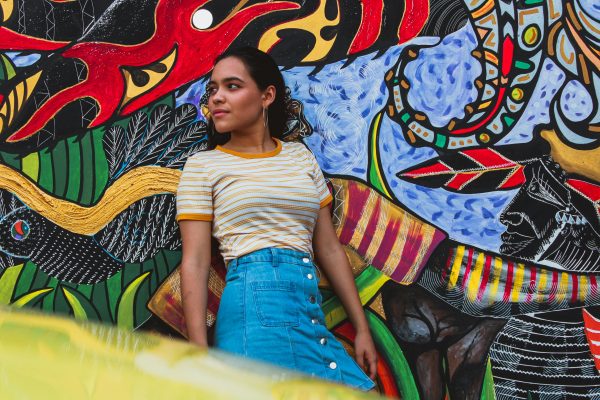
Art is a representation of people, power, and the times. Every significant moment in history is captured through photography, paint, or writing as a tribute to the greatness humankind has created. Art is not just self-expression. It is a collective expression- a language through which people protest, reclaim power, and rewrite narratives.
The Language of Resistance
The true beauty of art exists in its understanding. Only those looking for the meaning are bound to find it, while others see a pretty picture. Circumstances allow scarce things, but in restraints is where artists employ creativity.
Under dictatorships, artists hide rebellion in color. Under censorship, filmmakers bury protest in metaphor. Even in the modern world, where people cling to the idea of being better, artists still hide the struggles of racism, inequalities, class, and gender divides in what they create.
The Defiance of the Greats
Art often inspired irony as it usually criticized those who bought and sold these priceless pieces and hung them up like hunters’ game.
Pablo Picasso’s Guernica, painted in 1937, remains a visceral outcry against the brutality of war– a monochrome mural of anguish that spoke louder than any political address. Diego Rivera’s murals reclaimed art from the elite, embedding the labor and dignity of Mexico’s working class into public consciousness.
Digital Renaissance
Today’s world offers a new level of activism, transforming it into a visual and participatory experience. Campaigns like #MeToo, Fridays for Future, and Women, Life, Freedom have demonstrated how digital art, whether photography, animation, or hand-drawn, can ignite global movements in minutes.
Protest can now exist in pixels as much as paint, making it accessible and therefore more impactful. People are also able to spread awareness and raise motions from across the world that demand action and spark global awareness and education. The medium may have changed, but the message remains: art continues to democratize dissent.
Art: Our Witness and Weapon
Confrontation takes a forward role when it comes to truly creating change. Addressing the problem allows people to fight for justice from a knowledgeable standpoint. Every poem that mourns, every painting that accuses, every performance that questions —it showcases beauty in hopeless circumstances to motivate and inspire.
For marginalized communities, art is not merely resistance; it is self-definition. It is the act of existing, visibly and unapologetically, in societies that have often tried to erase or rewrite them. For example, Frida Kahlo’s self-portraits transform personal pain into public power, blurring the boundary between the body and the political. Similarly, Judy Chicago’s “The Dinner Party” reclaims female legacy through symbolism and craft.
Art allows empowerment not to be a textbook topic but a being, harder to ignore.
Depths
A song can unify where speeches divide; an image can move where statistics fail. By humanizing suffering and amplifying hope, art dissolves the distance between observer and subject. Art embodies emotion that turns facts into reality, theory into motion.
Artists like Banksy have mastered this form, combining irony with critique to expose systemic contradictions —capitalism, war, surveillance —all in stenciled anonymity. Similarly, movements such as Black Lives Matter (BLM) transformed urban streets into canvases of solidarity, turning slogans into collective identity.
People are forgetful creatures: words, statistics, speeches are all short-lived, while an image and the feelings it invokes can make a world of difference.
Expression → Revolution
From 1960s civil rights posters to 21st-century climate protest imagery, these creations endure not just as artifacts but as moral records. Those who are labeled radical or transient are now at the forefront of motion and change, in ways most of us only see on screens.
Art is not a decoration; it is a declaration.
Through protest, art gains urgency.
Through art, protest gains immortality.

